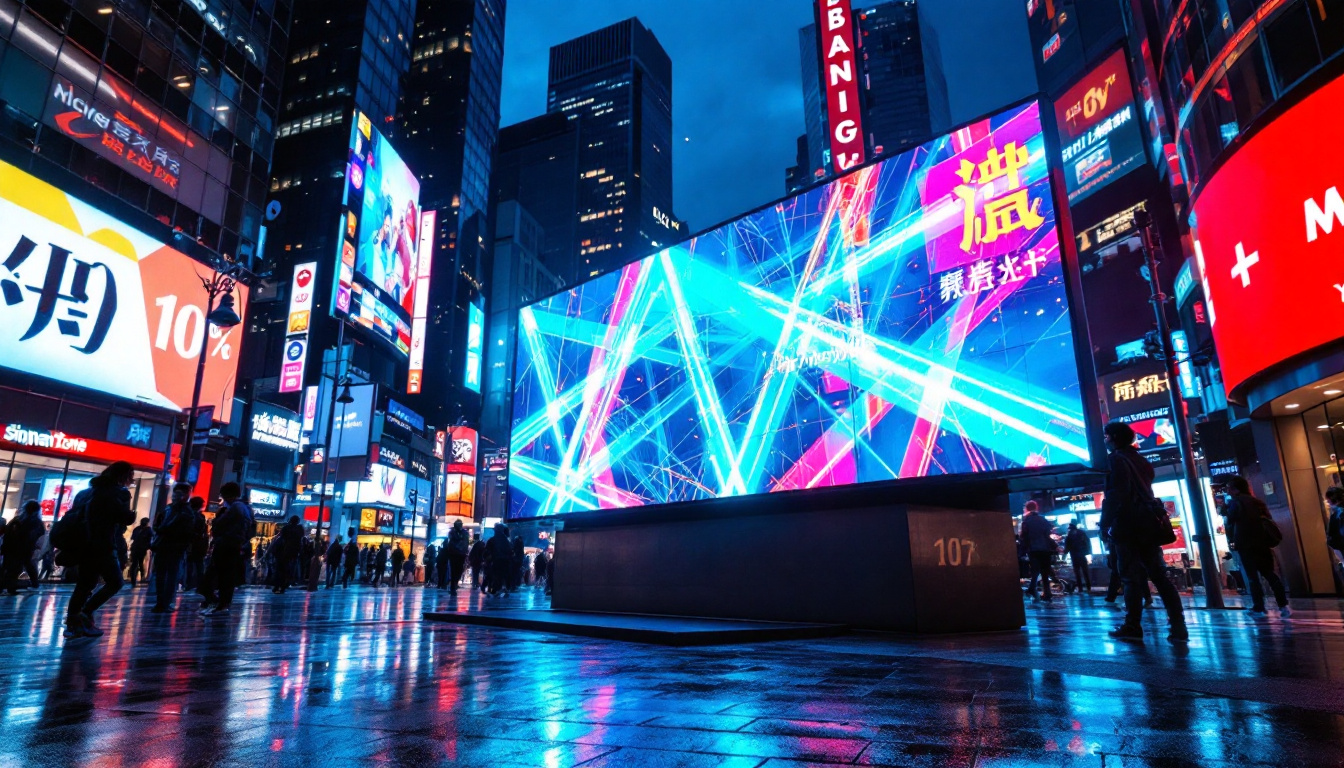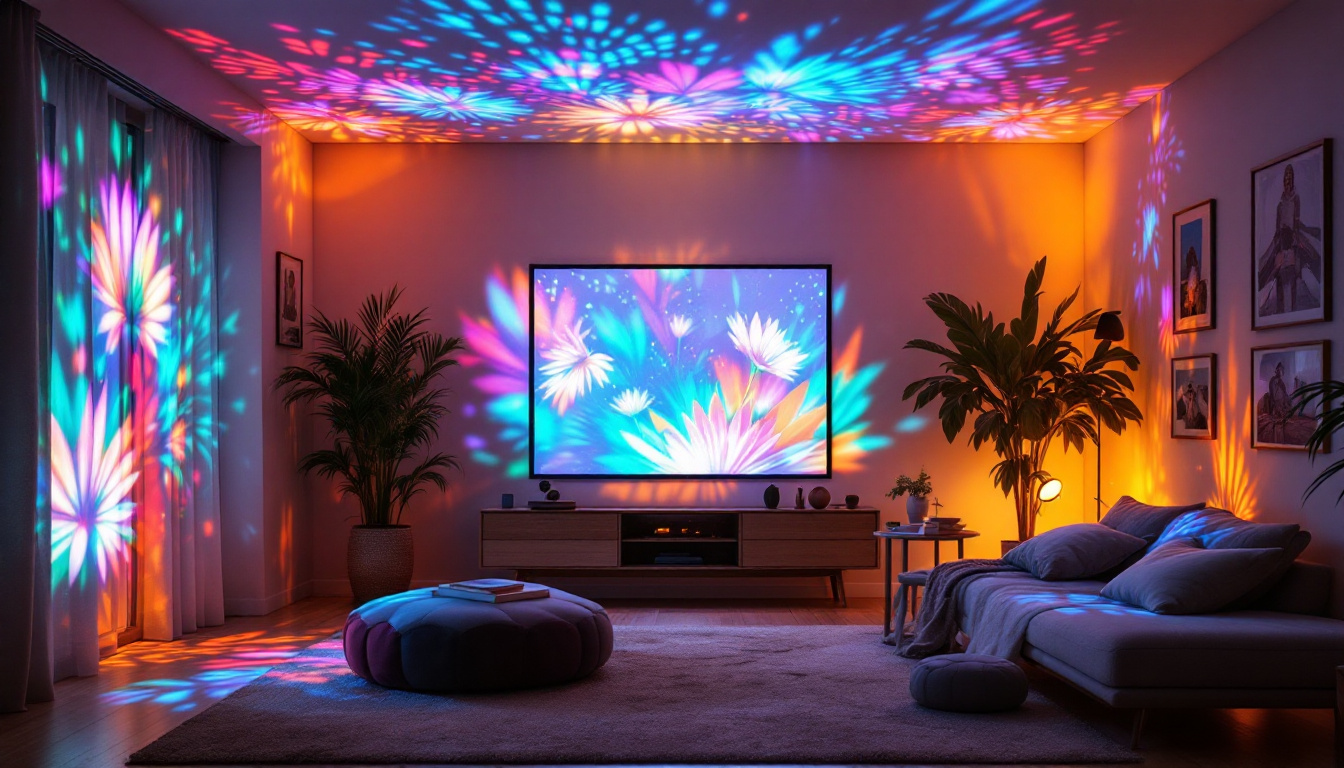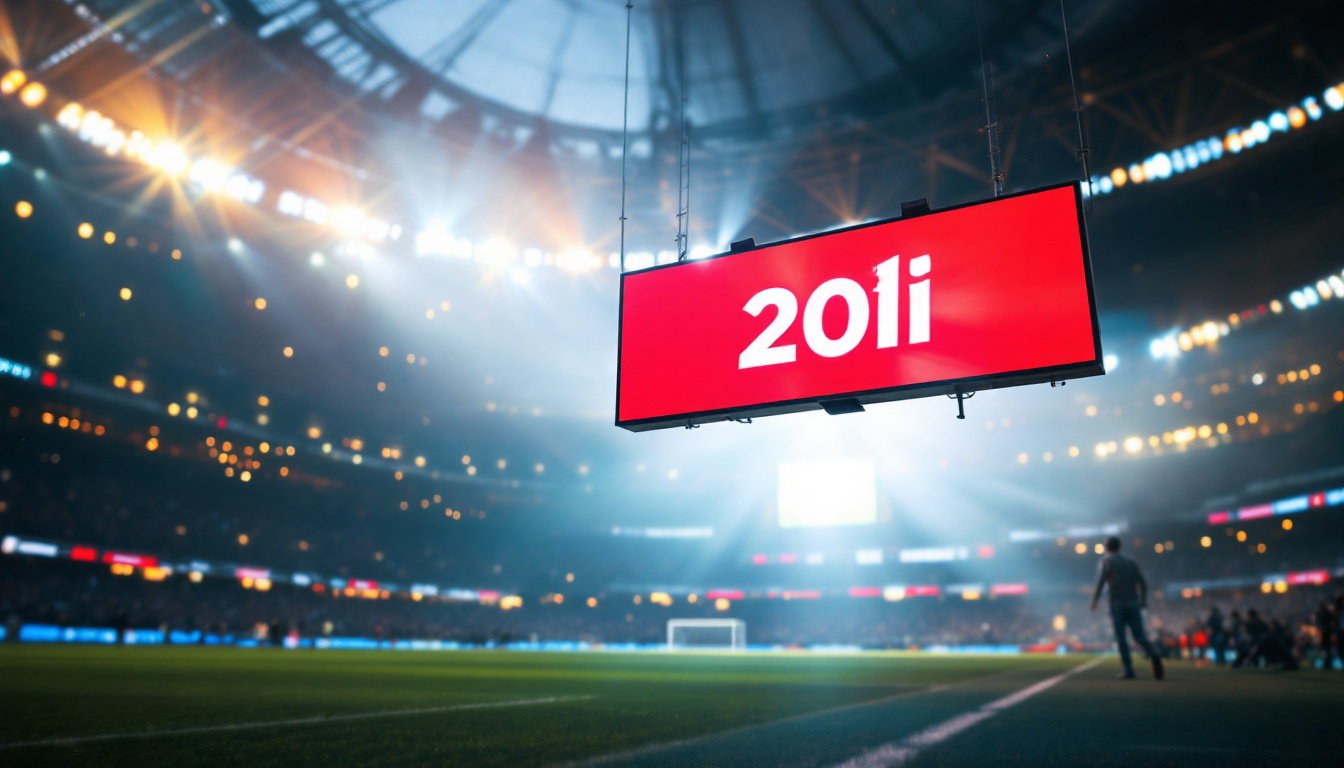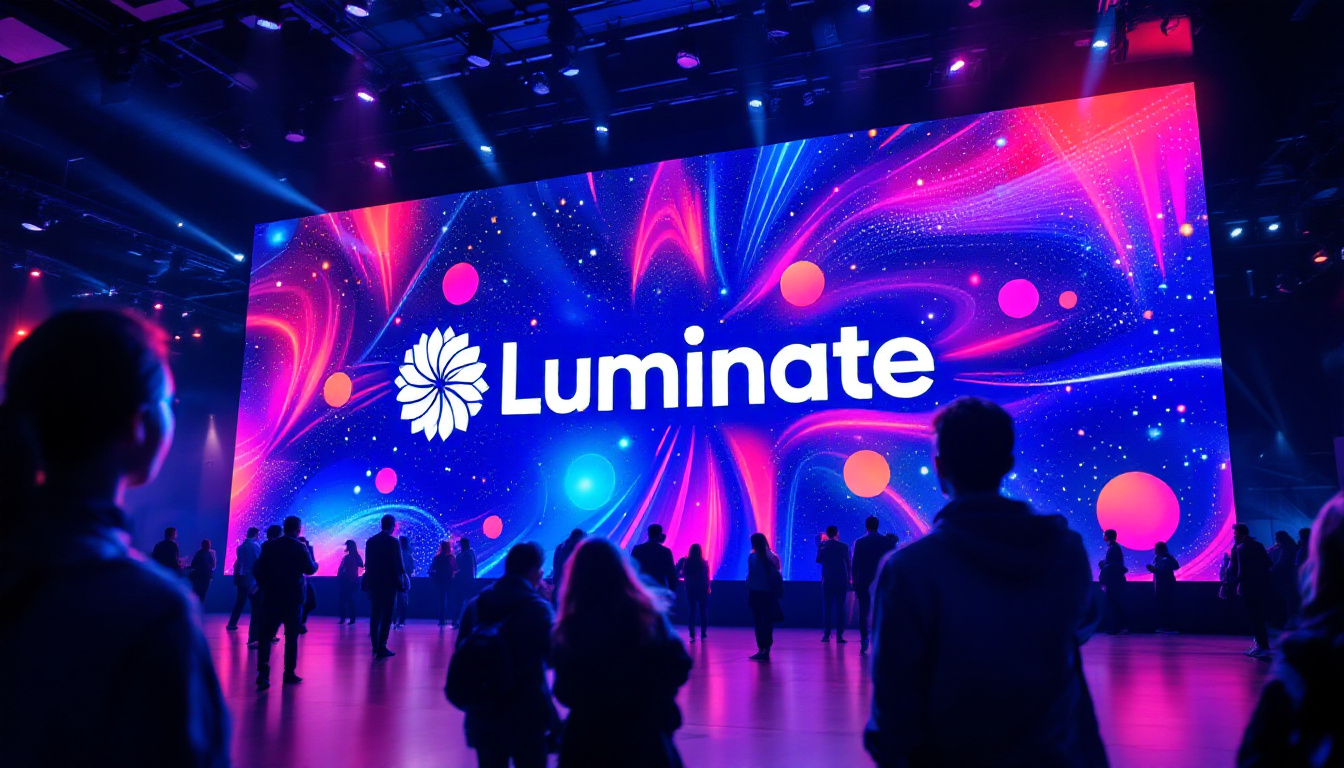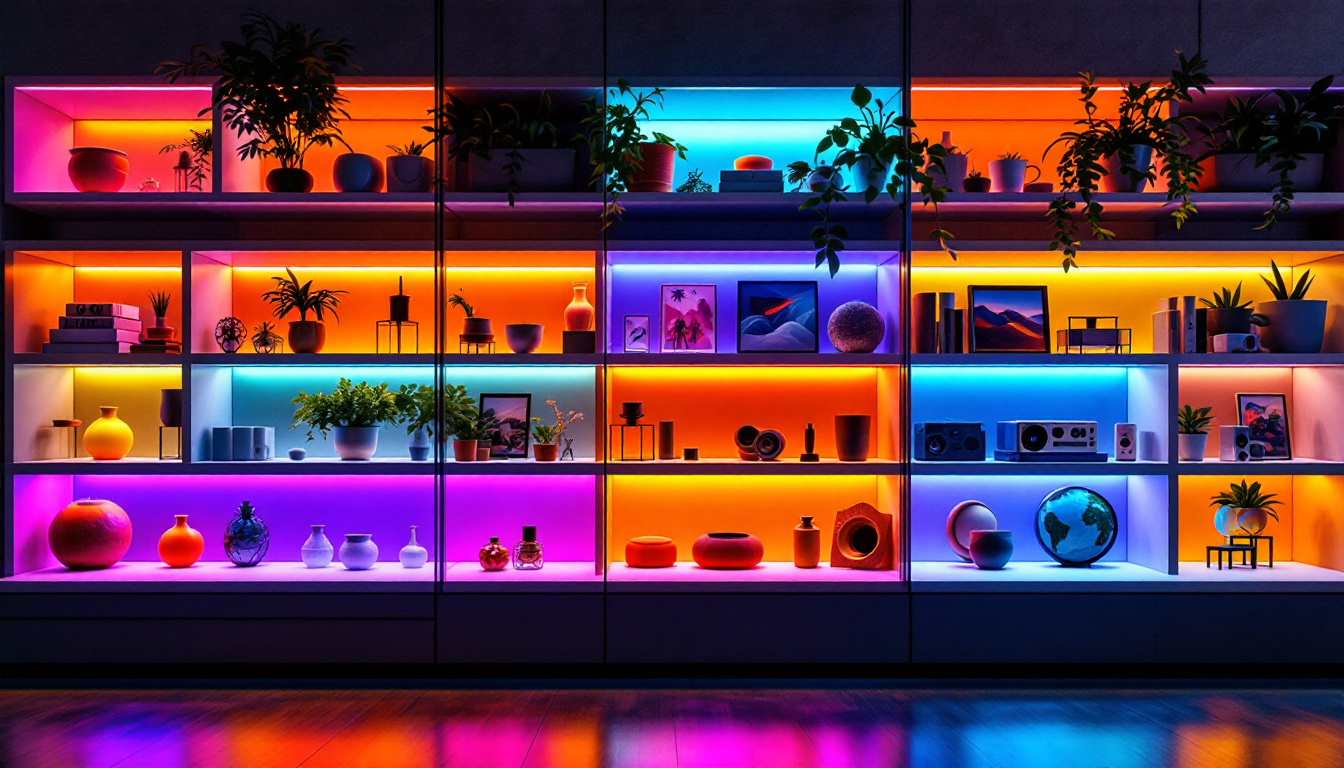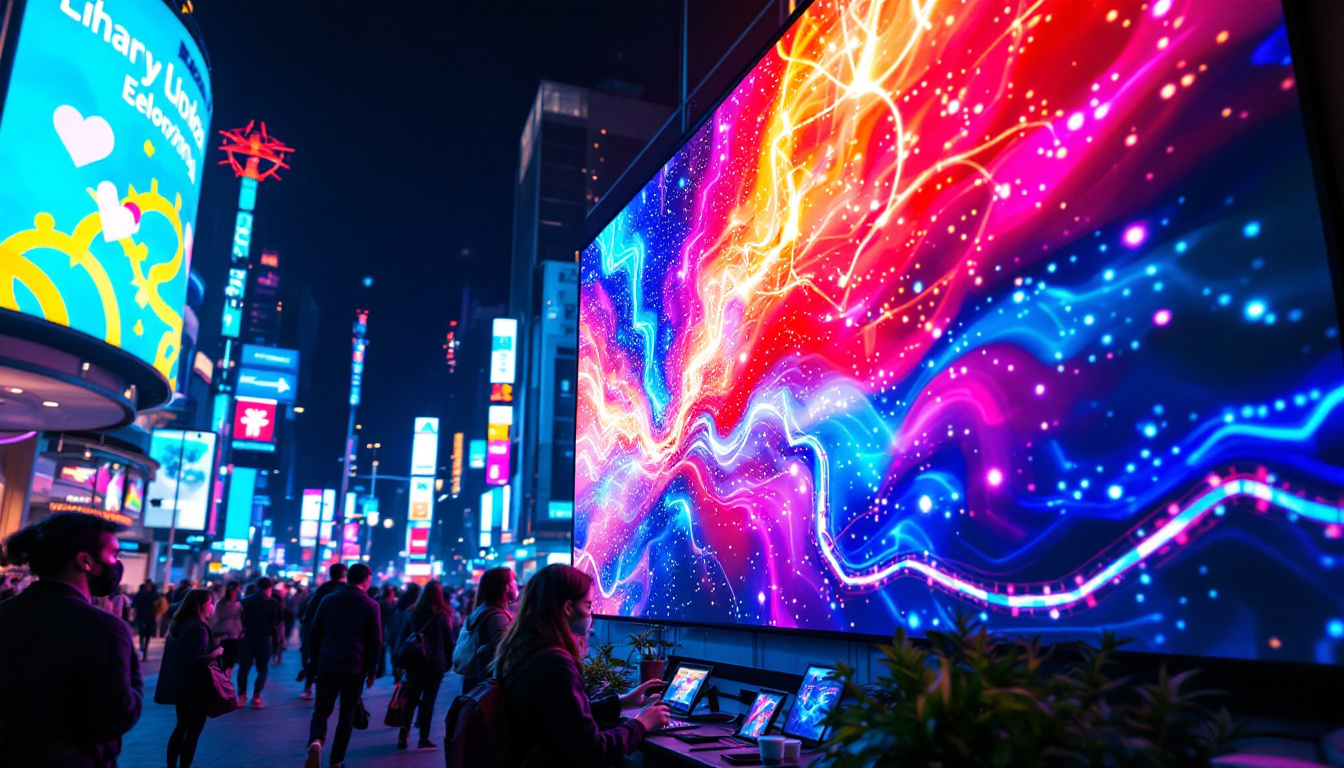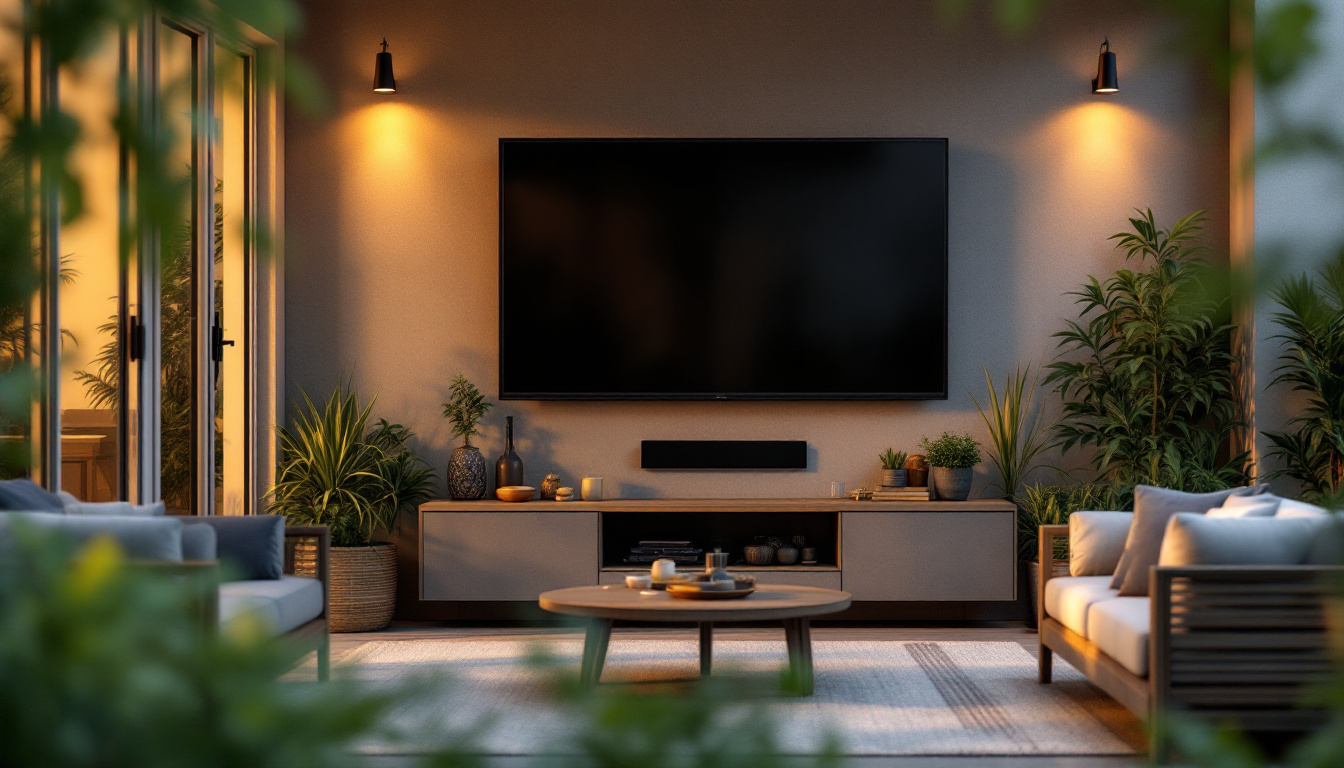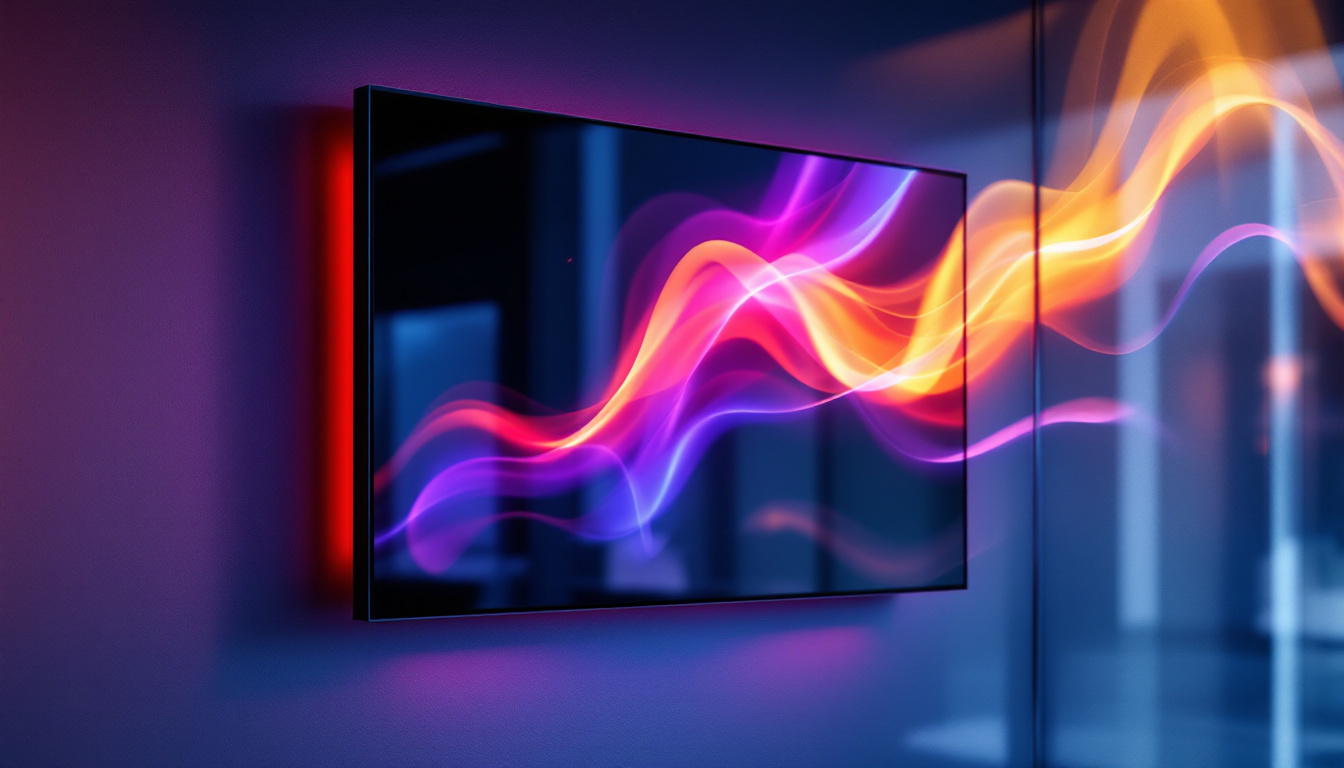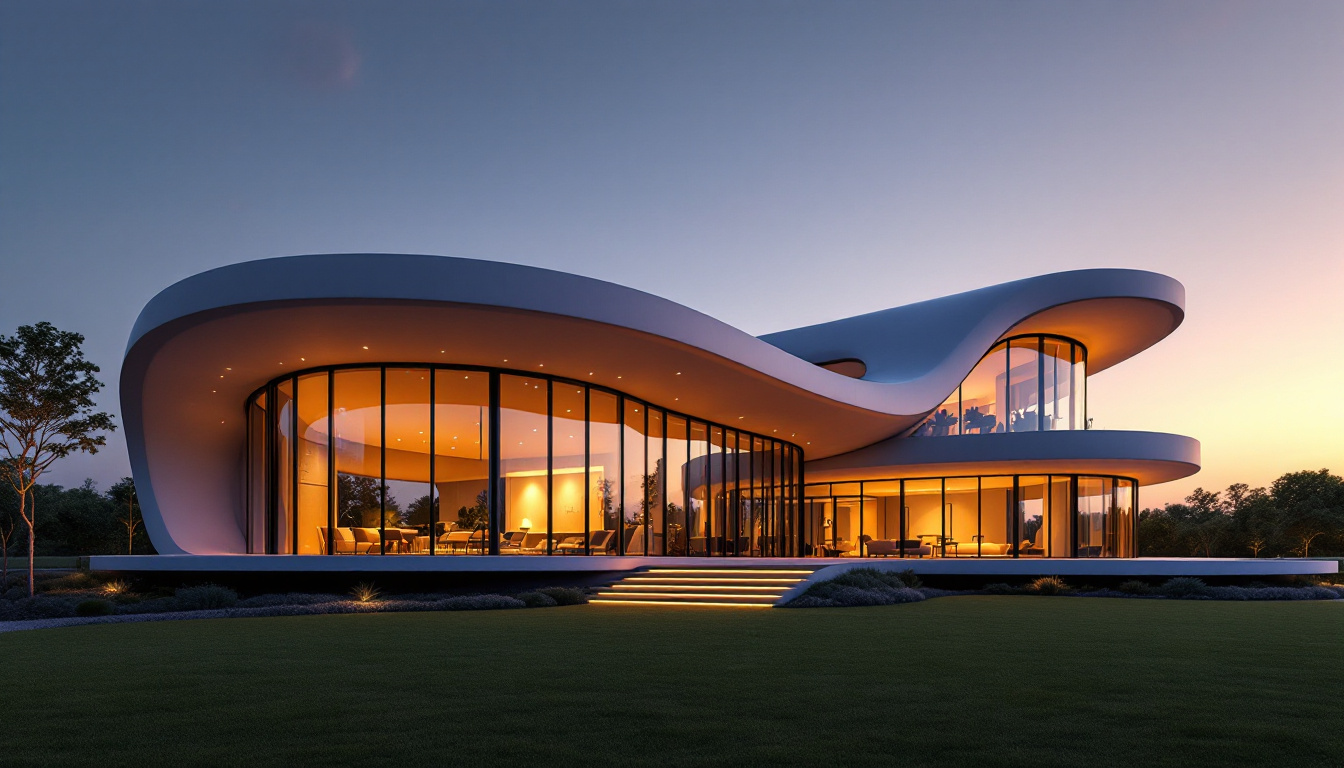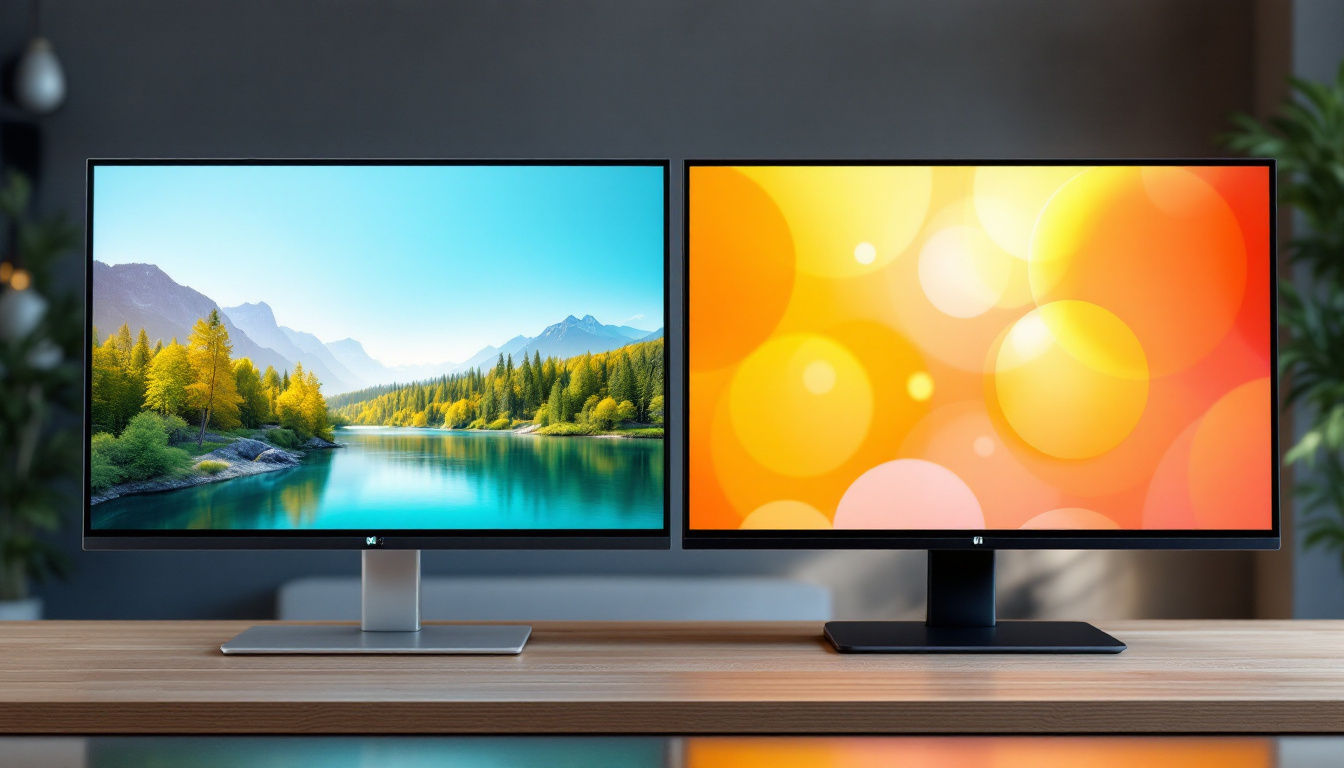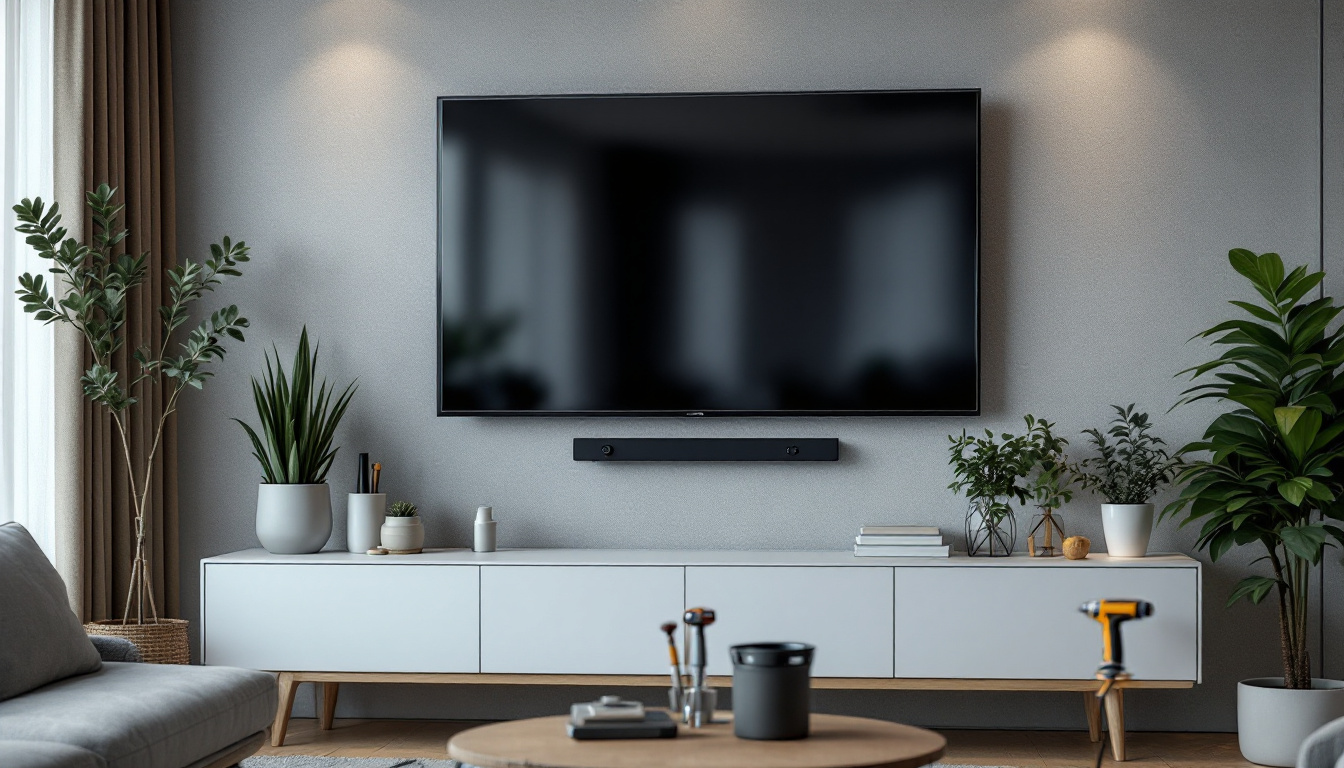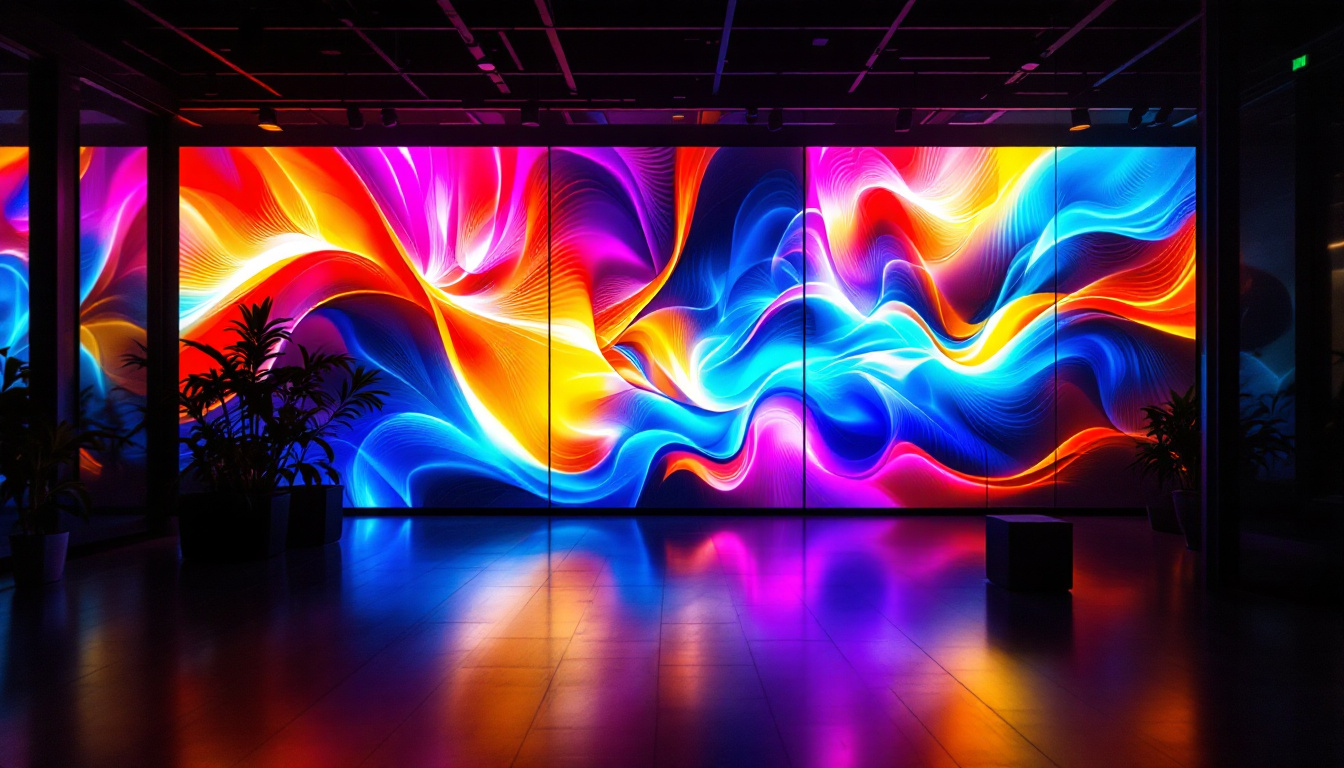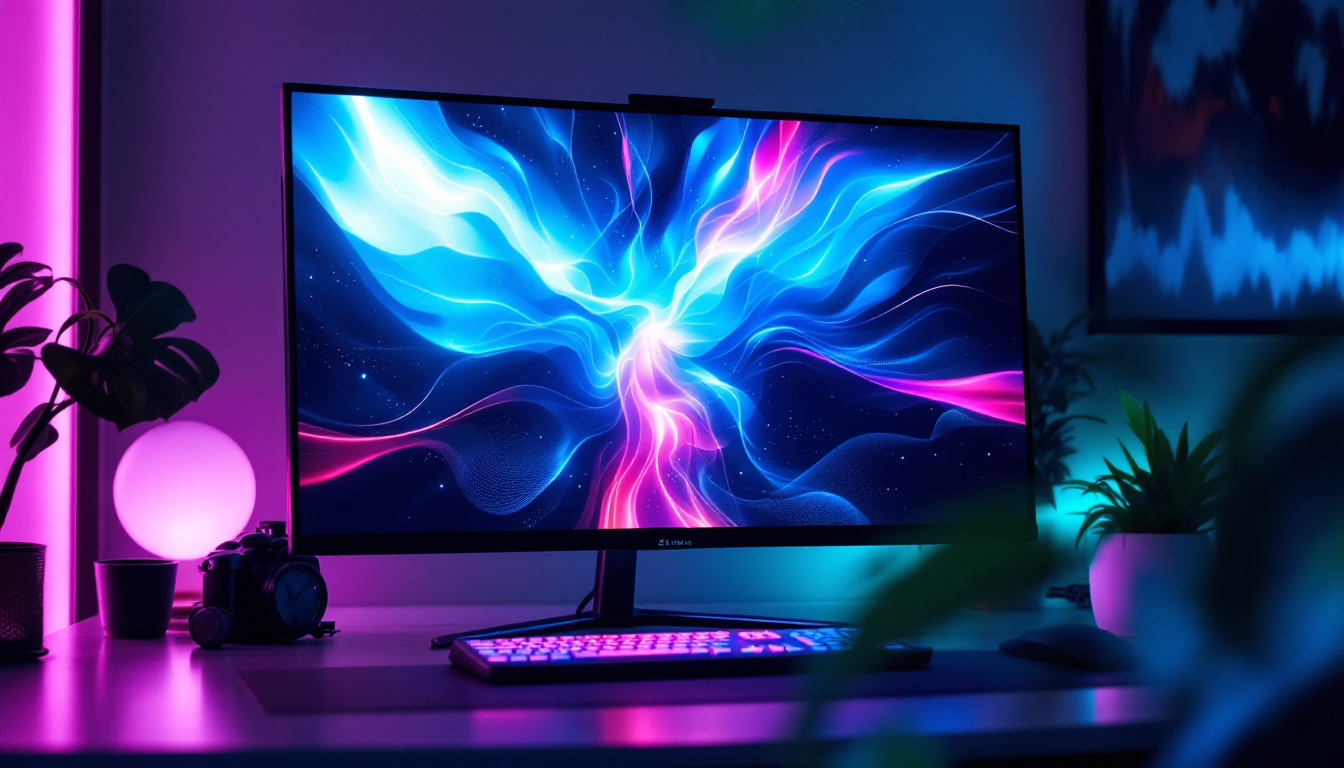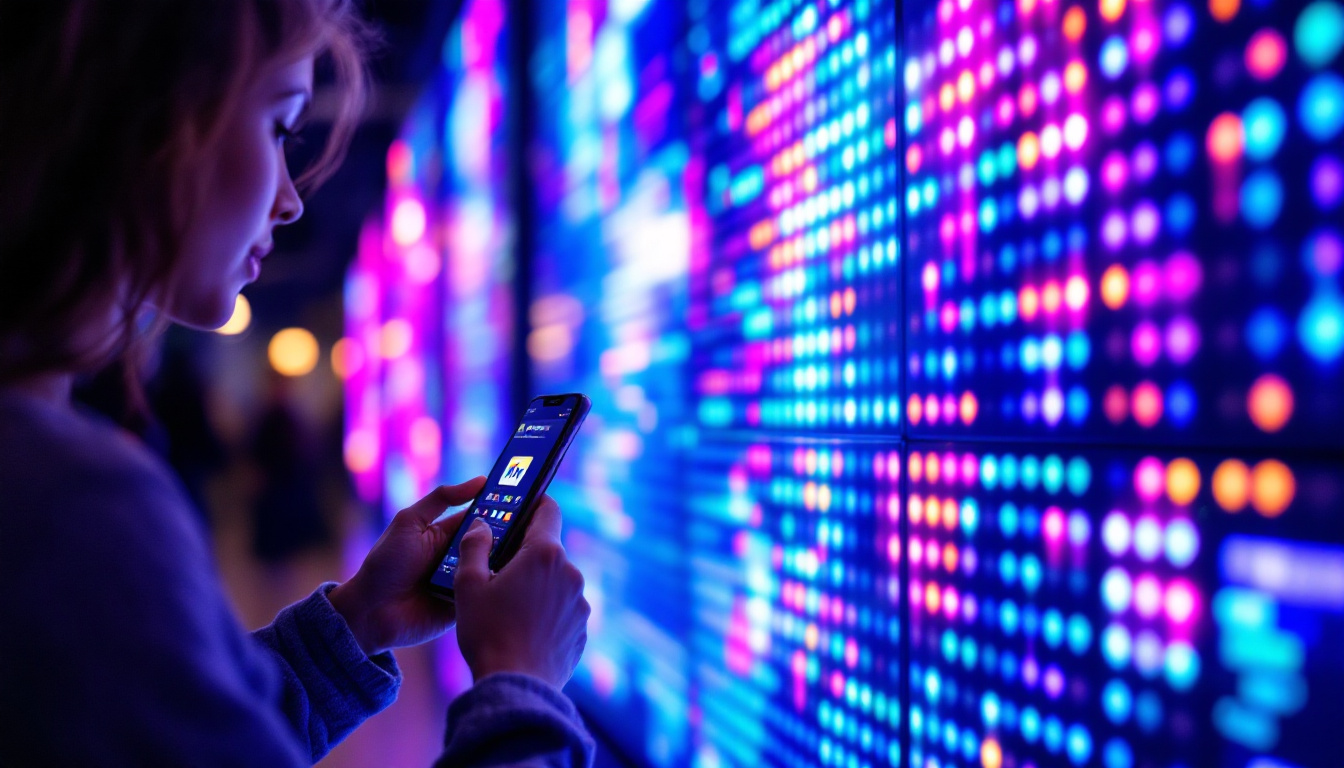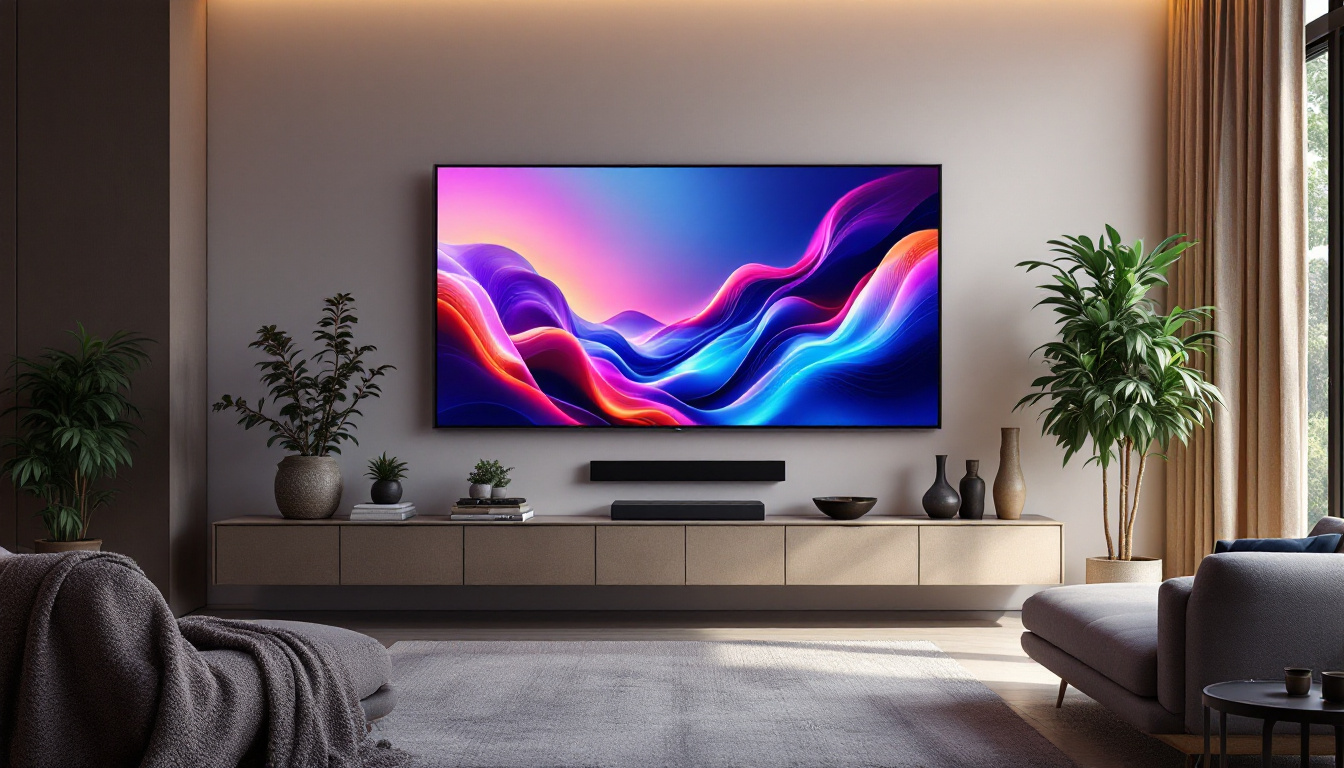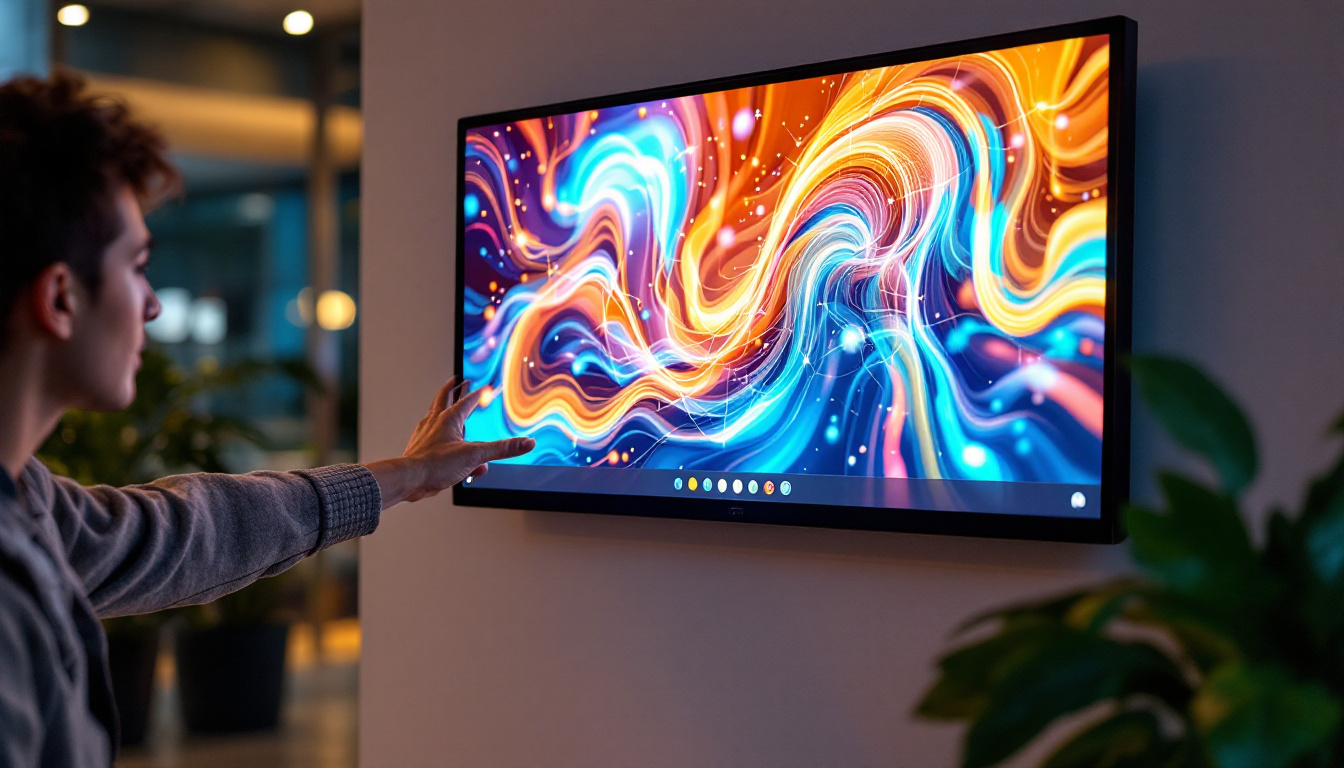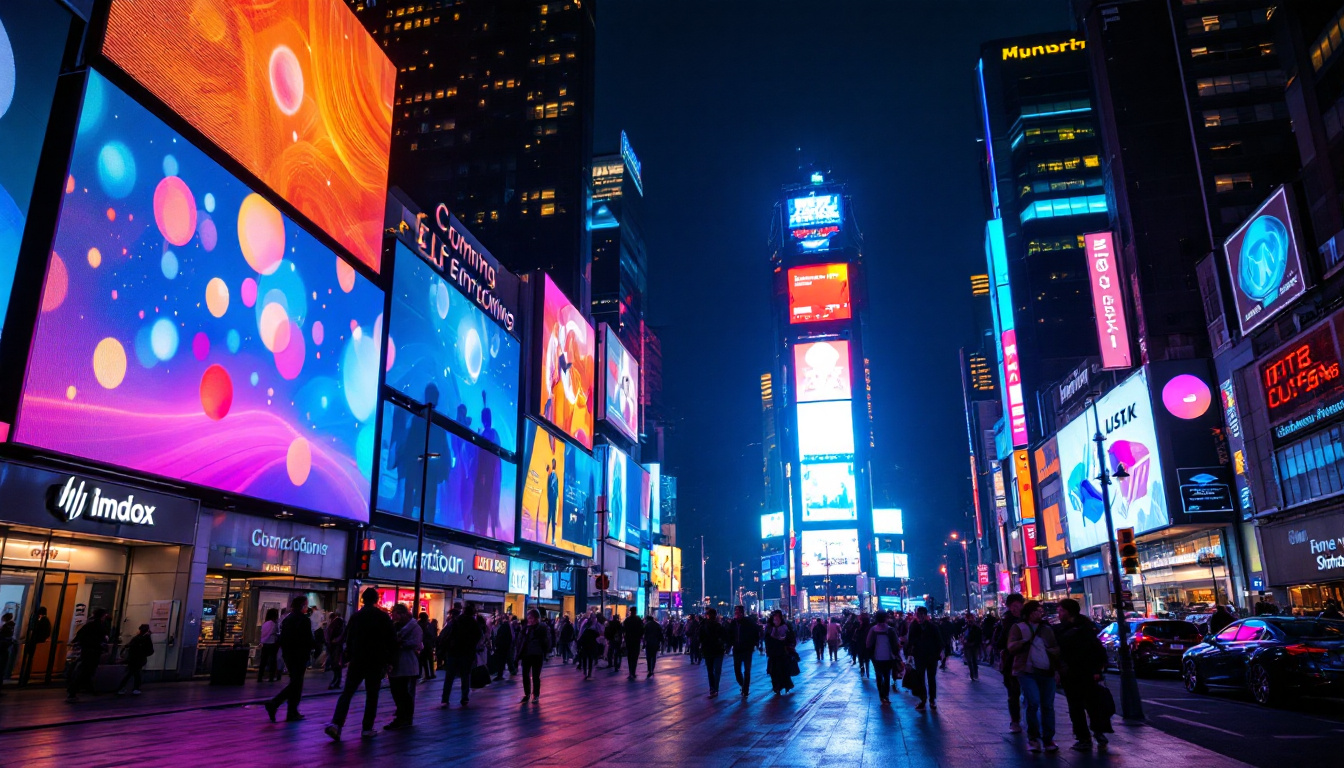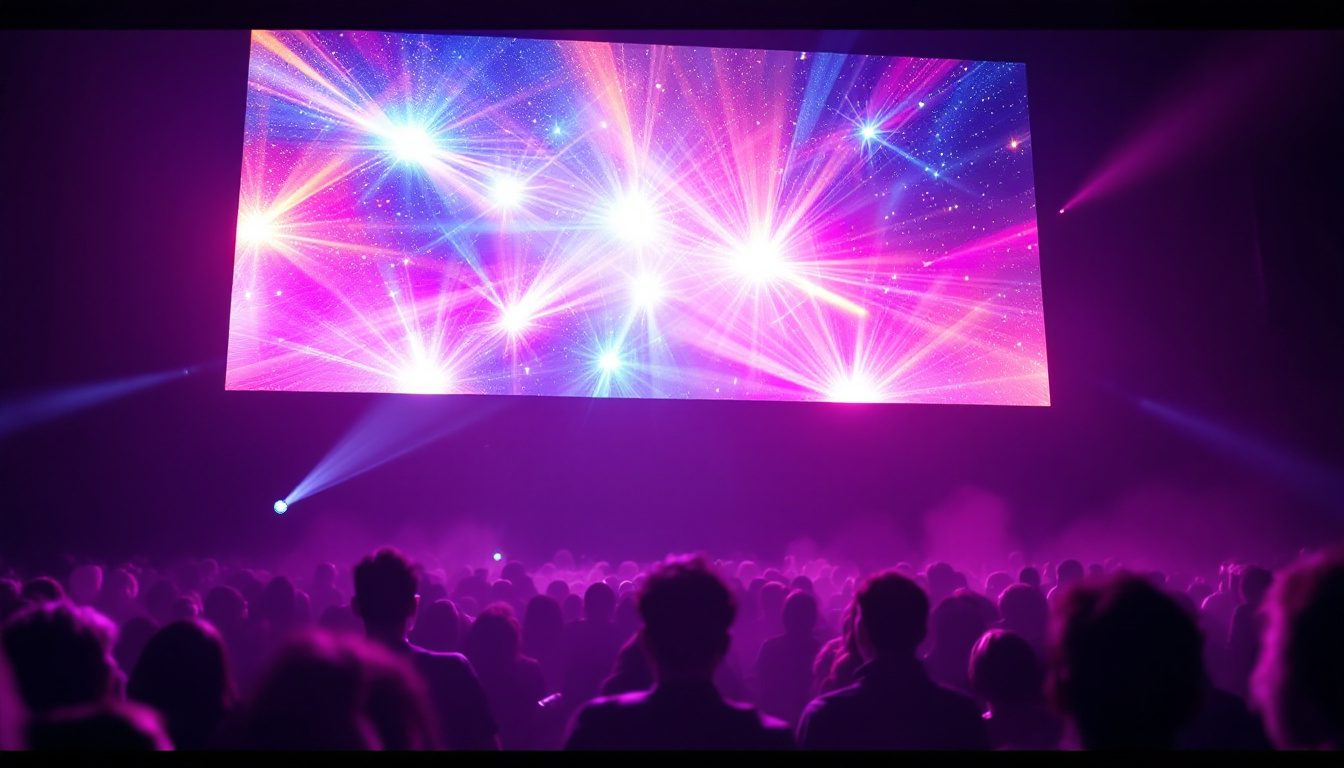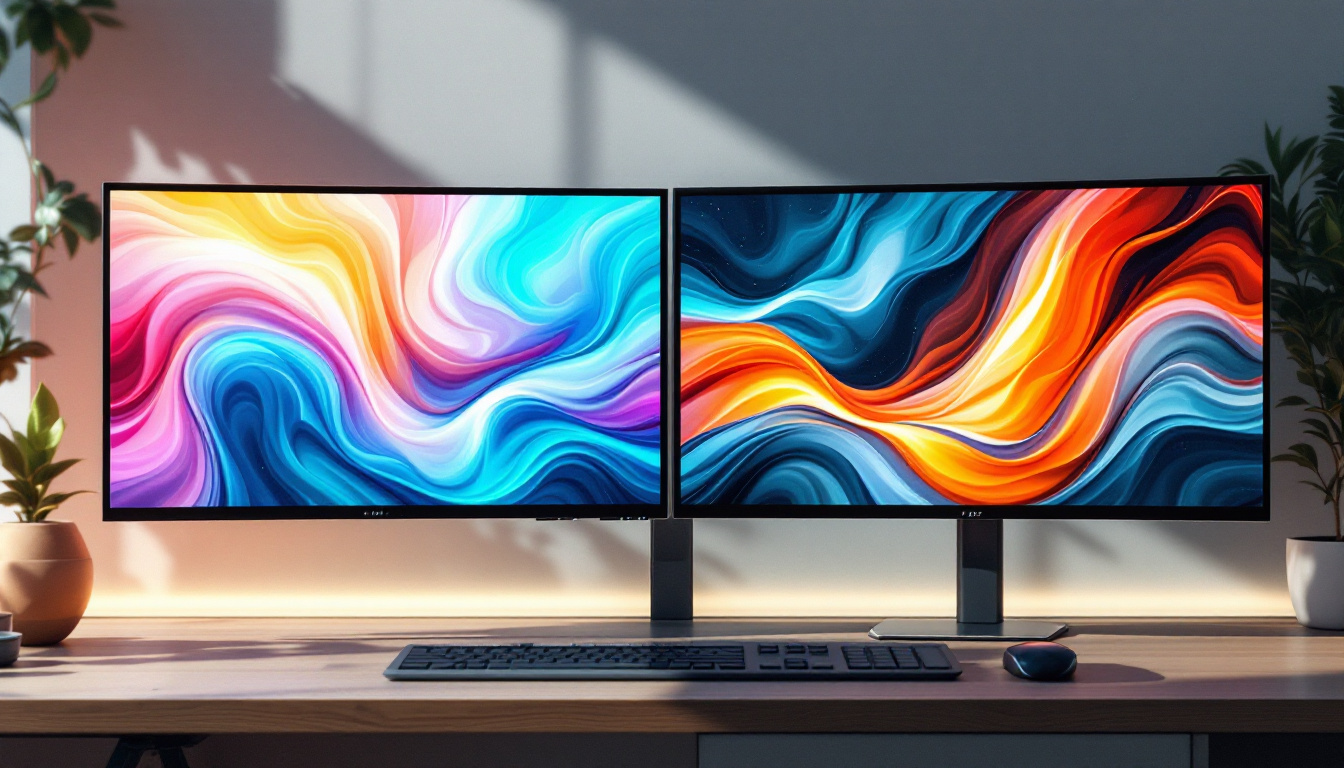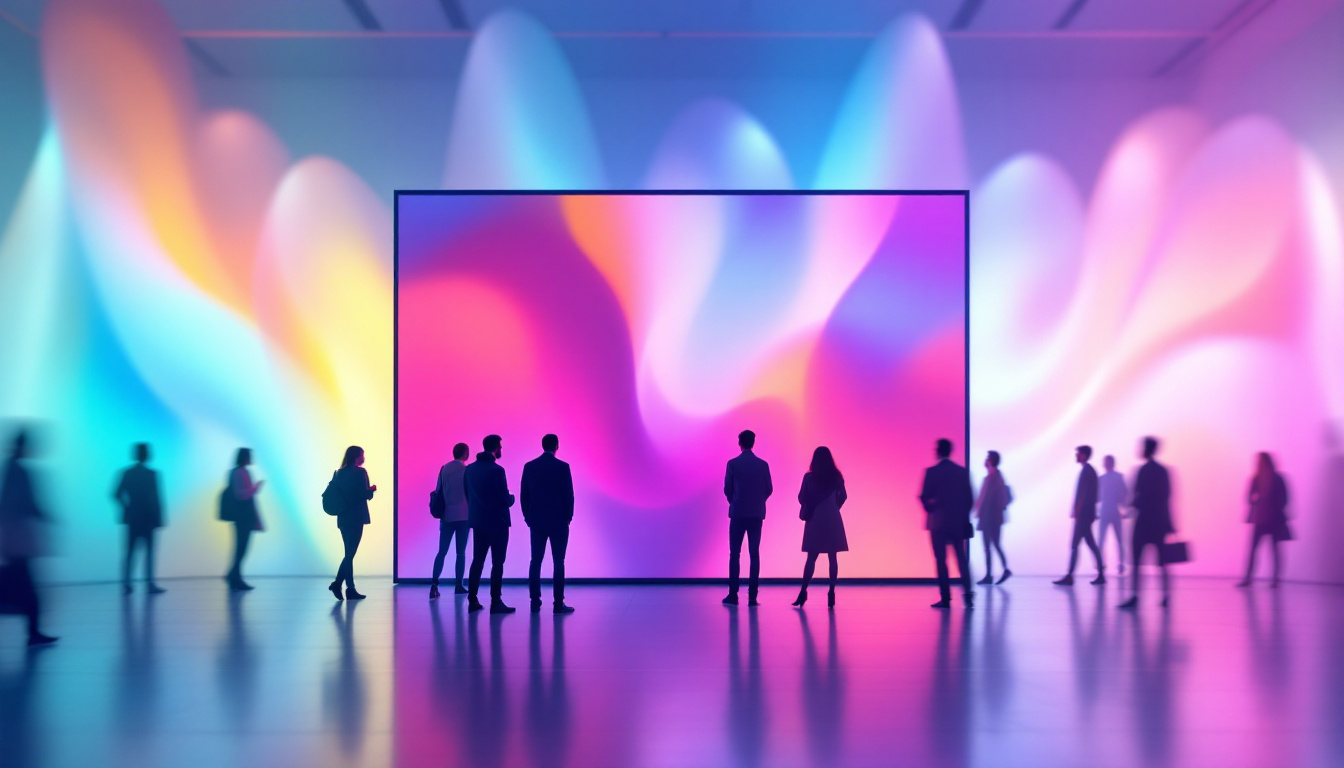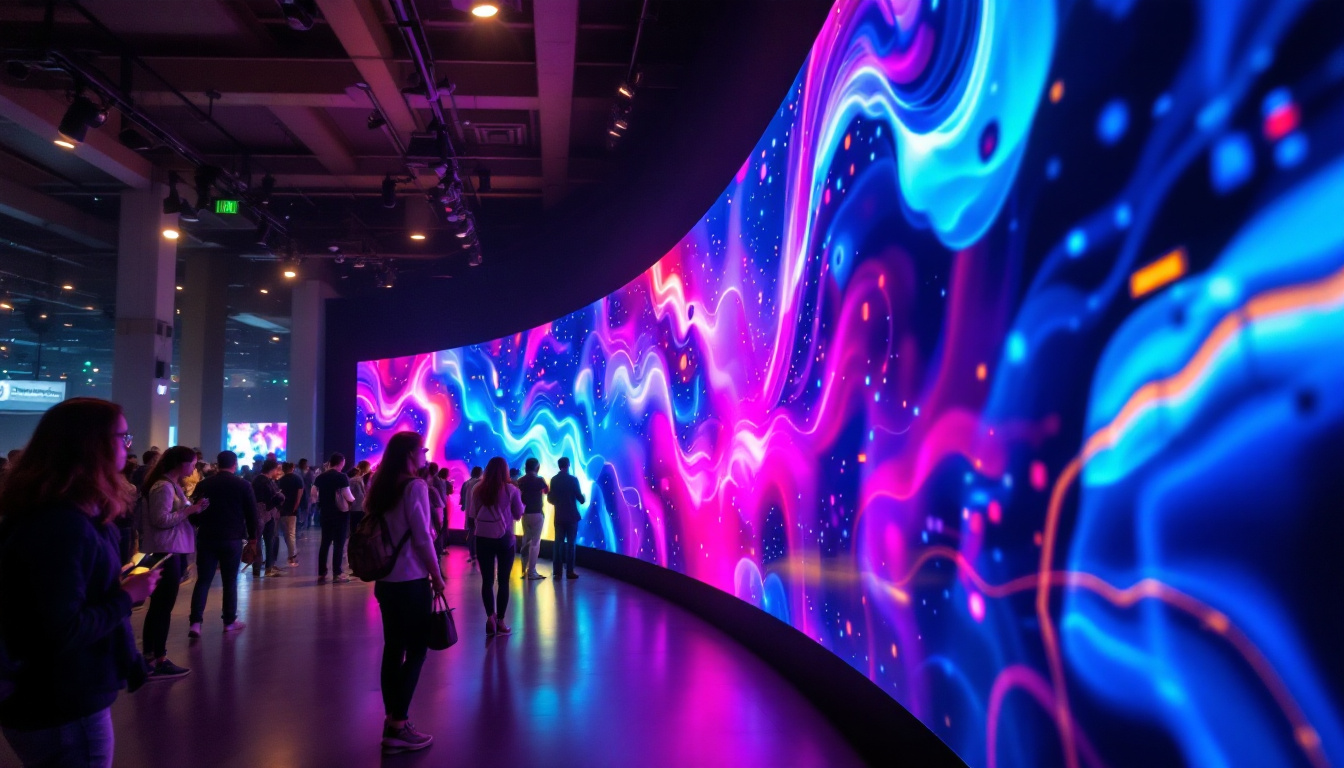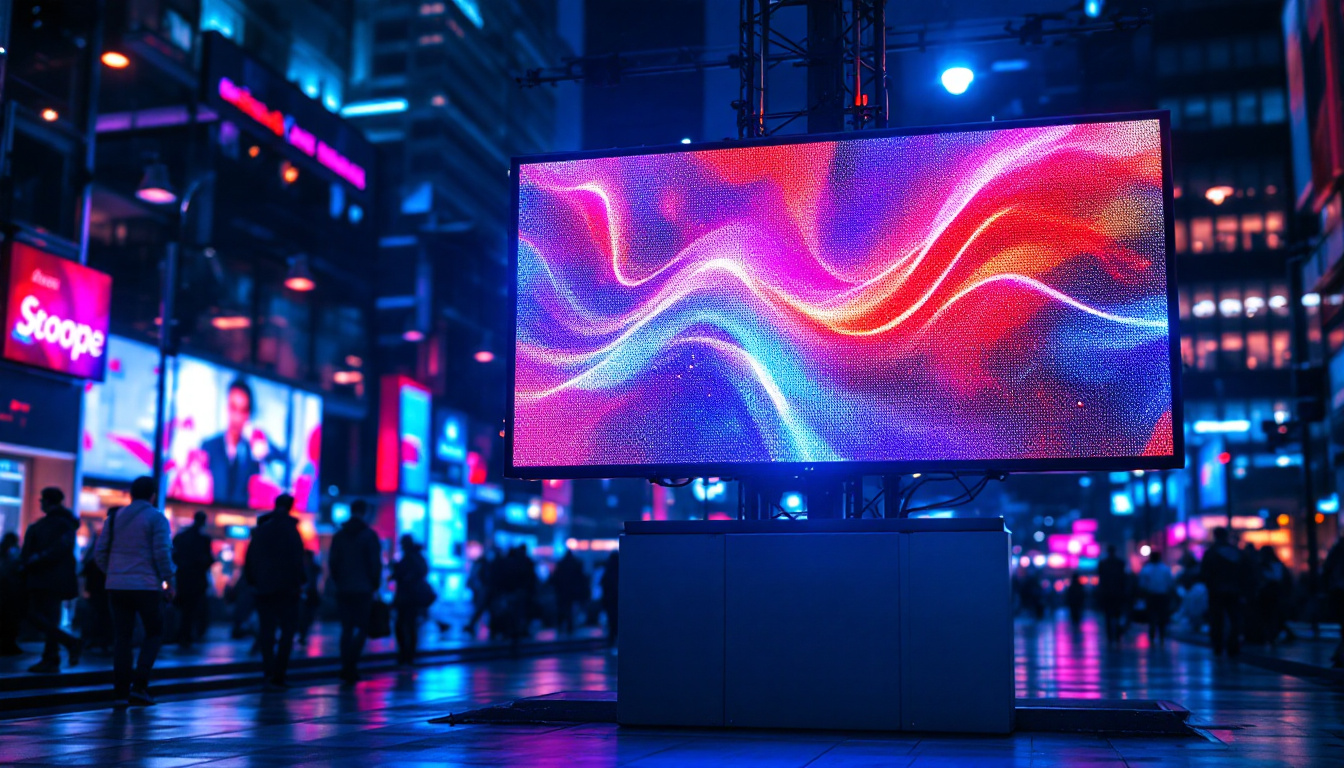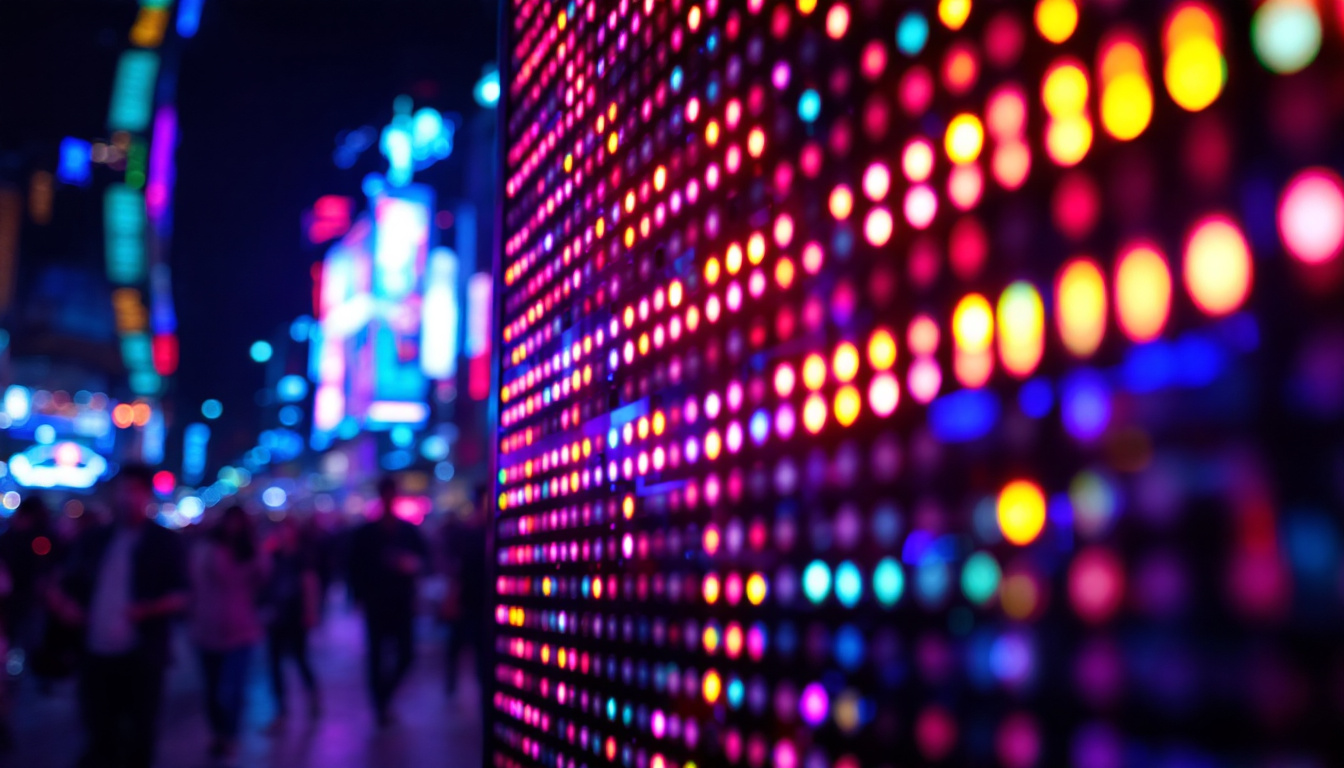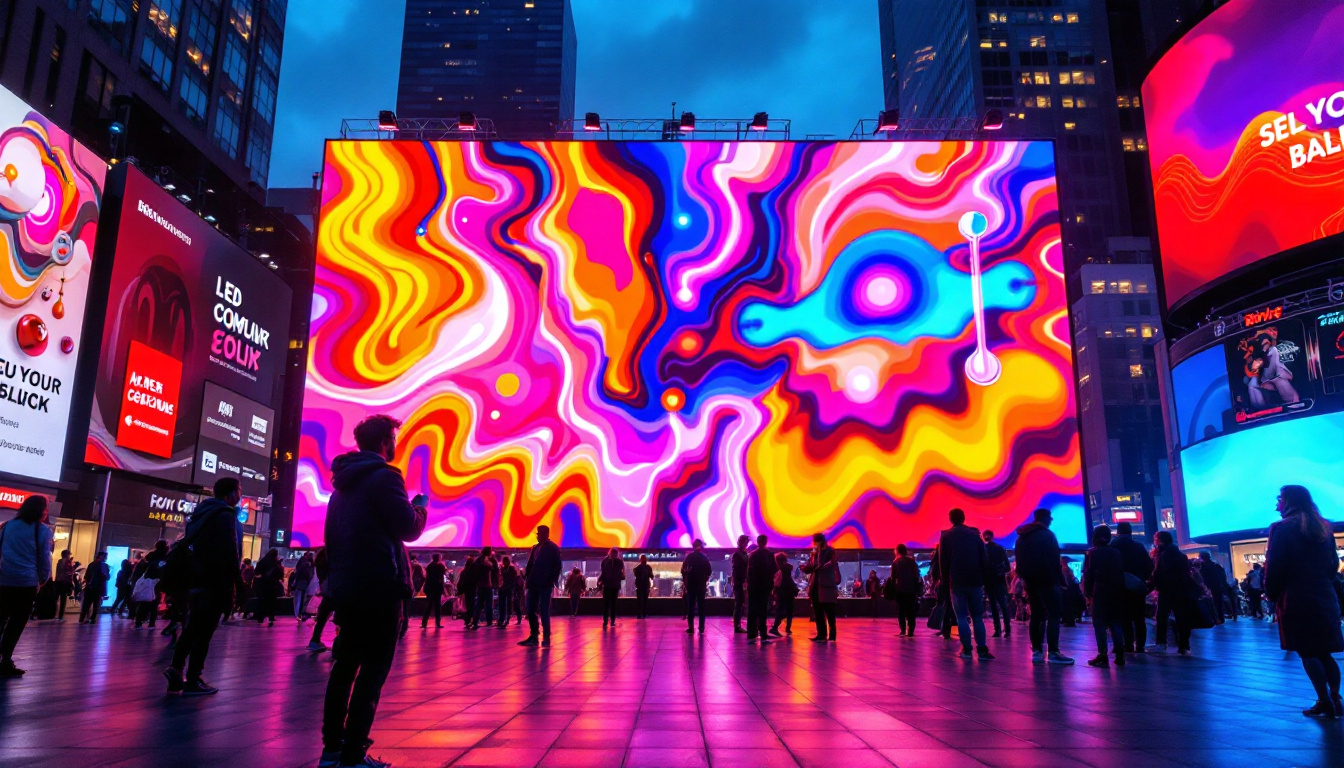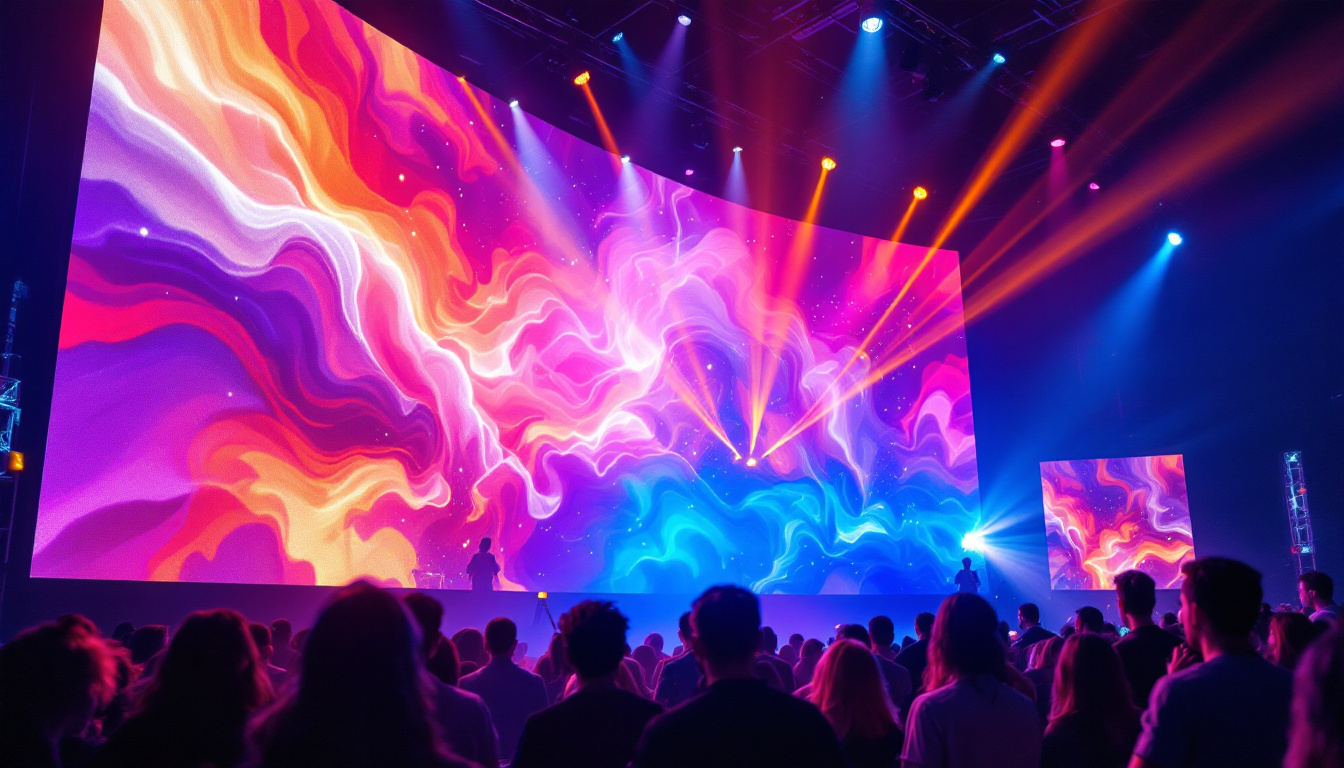In the world of modern advertising and event promotion, LED trailer screens have emerged as a powerful tool for capturing attention and delivering impactful messages. These dynamic displays are not just about bright lights; they represent a convergence of technology, creativity, and strategic marketing. This article delves into the intricacies of LED trailer screens, exploring their components, applications, and the advantages they offer to businesses and event organizers.
Understanding LED Technology
LED, or Light Emitting Diode, technology has revolutionized the way visual content is displayed. Unlike traditional lighting methods, LEDs are energy-efficient, durable, and capable of producing vibrant colors. This section will explore how LED technology works and why it is the preferred choice for trailer screens.
How LED Works
At its core, an LED is a semiconductor device that emits light when an electric current passes through it. The light produced can be in various colors, depending on the materials used in the semiconductor. In LED trailer screens, thousands of these small diodes are arranged in a grid, creating a larger display capable of showcasing high-resolution images and videos.
One of the standout features of LED technology is its ability to produce bright images even in direct sunlight. This is crucial for outdoor advertising, where visibility can be a challenge. Additionally, LEDs have a longer lifespan compared to traditional bulbs, making them a cost-effective option in the long run. The low heat emission of LEDs also contributes to their efficiency, as it reduces the need for extensive cooling systems, which can be particularly beneficial in mobile applications like trailer screens.
Types of LED Displays
LED displays can be categorized into several types based on their design and application. The most common types used in trailer screens include:
- Full-Color LED Displays: These displays can show a wide range of colors and are ideal for video content and advertisements.
- Monochrome Displays: Typically used for text-based information, these displays are less expensive and suitable for simpler messages.
- RGB Displays: Utilizing red, green, and blue diodes, these displays can create a full spectrum of colors, making them versatile for various applications.
In addition to these common types, there are also specialized LED displays designed for specific environments and uses. For instance, outdoor LED displays are engineered to withstand harsh weather conditions, featuring protective casings and enhanced brightness levels to combat sunlight glare. Conversely, indoor LED displays often prioritize color accuracy and resolution, making them ideal for venues such as theaters or conference rooms where visual quality is paramount. Furthermore, advancements in technology have led to the development of flexible LED screens, which can be shaped and curved to fit unique spaces, opening up new possibilities for creative advertising and artistic installations.
The versatility of LED technology extends beyond just display types; it also encompasses various control systems that allow for dynamic content management. Many modern LED displays can be integrated with software that enables real-time updates, scheduling, and remote management, providing businesses with the ability to tailor their messaging based on audience engagement and location. This adaptability has made LED screens an essential tool for marketers looking to maximize their impact in an increasingly competitive landscape.
Applications of LED Trailer Screens
LED trailer screens are incredibly versatile and can be used in a multitude of settings. Their portability and ease of setup make them suitable for various events and advertising campaigns. Below are some of the most common applications.
Advertising and Marketing
One of the primary uses of LED trailer screens is in advertising. Businesses can leverage these displays to promote products, services, or events in high-traffic areas. The ability to change content quickly allows for real-time marketing, enabling businesses to respond to current trends or events.
Moreover, the eye-catching nature of LED displays can significantly increase foot traffic to a location. Whether it’s a retail store, a food truck, or a pop-up event, having a vibrant LED screen can draw in customers and enhance brand visibility.
Events and Entertainment
From concerts to sporting events, LED trailer screens play a vital role in enhancing the audience experience. They can be used to display live feeds, promotional videos, and even social media interactions, creating a more engaging atmosphere.
Furthermore, event organizers can utilize these screens for wayfinding and information sharing, ensuring that attendees have access to important details such as schedules, maps, and safety information.
Public Announcements and Information Dissemination
LED trailer screens are also effective for public announcements. Municipalities and organizations can use them to convey important messages, such as emergency alerts, community events, or public service announcements. Their visibility ensures that critical information reaches a broad audience quickly and efficiently.
Advantages of LED Trailer Screens
The benefits of using LED trailer screens extend beyond their visual appeal. Here are some of the key advantages that make them an attractive option for businesses and event organizers alike.
High Visibility and Impact
One of the most significant advantages of LED trailer screens is their high visibility. The brightness and clarity of the display ensure that messages are seen from a distance, making them effective for outdoor advertising and events. The ability to showcase dynamic content, such as videos and animations, further enhances their impact, capturing the attention of passersby.
Cost-Effectiveness
While the initial investment in LED technology may be higher than traditional displays, the long-term savings are substantial. LEDs consume less power, which translates to lower energy bills. Additionally, their durability means less frequent replacements, reducing maintenance costs over time.
Flexibility and Customization
LED trailer screens offer unparalleled flexibility in terms of content. Businesses can easily update their messages, switch between different advertisements, and tailor content to specific audiences or events. This level of customization allows for targeted marketing strategies that can yield better results.
Choosing the Right LED Trailer Screen
When selecting an LED trailer screen, several factors should be considered to ensure it meets the specific needs of the user. Understanding these factors can help in making an informed decision.
Size and Resolution
The size of the LED screen is crucial, as it should be appropriate for the intended viewing distance. Larger screens are ideal for events with large crowds, while smaller screens may suffice for more intimate settings. Additionally, resolution plays a significant role in image clarity. Higher resolution screens provide sharper images, which are essential for detailed graphics and videos.
Brightness Levels
Brightness is another critical factor, especially for outdoor use. LED screens are rated in nits, and a higher nit rating indicates better visibility in bright conditions. For outdoor events, a screen with at least 5,000 nits is recommended to ensure clear visibility even in direct sunlight.
Portability and Setup
Portability is a key consideration for LED trailer screens, particularly for those who plan to use them at multiple locations. Look for screens that are lightweight and easy to transport. Additionally, the setup process should be straightforward, allowing for quick installation and takedown.
Maintenance and Care for LED Trailer Screens
Proper maintenance is essential to ensure the longevity and optimal performance of LED trailer screens. Regular care can prevent issues and extend the lifespan of the display.
Regular Cleaning
Dust and debris can accumulate on the surface of the LED screen, affecting its brightness and clarity. Regular cleaning with a soft, dry cloth is recommended to maintain optimal performance. For more thorough cleaning, specialized cleaning solutions designed for electronic displays can be used.
Software Updates
Keeping the software of the LED display up to date is crucial for functionality and security. Manufacturers often release updates that enhance performance or fix bugs. Regularly checking for and applying these updates can help in maintaining the screen’s operational efficiency.
Professional Inspections
It is advisable to have the LED trailer screen professionally inspected periodically. This can help identify any potential issues before they become significant problems. Technicians can check for electrical issues, ensure that connections are secure, and verify that the display is functioning as intended.
Future Trends in LED Display Technology
The LED display industry is continually evolving, with advancements in technology paving the way for new possibilities. Understanding these trends can provide insights into the future of LED trailer screens.
Increased Resolution and Clarity
As technology progresses, the demand for higher resolution displays continues to rise. Future LED trailer screens are expected to feature even greater pixel density, resulting in sharper images and more detailed graphics. This trend will enhance the visual experience for viewers, making content more engaging and impactful.
Integration with Smart Technology
Smart technology integration is another trend gaining traction. Future LED screens may incorporate features such as remote control, real-time content updates via cloud services, and interactive capabilities. This integration will allow businesses to manage their displays more efficiently and create more engaging content for their audiences.
Eco-Friendly Innovations
As sustainability becomes a priority for many businesses, the LED display industry is also focusing on eco-friendly innovations. Future developments may include energy-efficient designs, recyclable materials, and reduced environmental impact throughout the manufacturing process. These advancements will appeal to environmentally conscious consumers and businesses alike.
Conclusion
LED trailer screens are a powerful tool for communication, marketing, and entertainment. Their versatility, high visibility, and cost-effectiveness make them an attractive option for businesses and event organizers. As technology continues to advance, the potential applications and benefits of LED displays will only expand. By understanding the components, applications, and maintenance of LED trailer screens, users can maximize their investment and leverage this dynamic medium to its fullest potential.
In a world where capturing attention is paramount, LED trailer screens stand out as a beacon of innovation and creativity. Whether for advertising, events, or public announcements, these displays are set to play a significant role in shaping the future of visual communication.
Discover the Future of Visual Communication with LumenMatrix
Ready to elevate your brand’s presence and captivate your audience with unparalleled visual experiences? Look no further than LumenMatrix, the vanguard of LED display innovation. From mesmerizing Indoor LED Walls to robust Outdoor displays, and from versatile Vehicle LED Displays to sleek LED Posters, our solutions are designed to make your message shine. Embrace the revolution in visual communication with our cutting-edge digital signage and LED displays. Check out LumenMatrix LED Display Solutions today and transform how you connect with your audience.


